Which Texas Counties Should We Expect To Be Blue In November?
Trends, Turnout, and the Future of Texas Politics.
Of course, unless someone big-time drops the ball. Texas has been trending blue for decades, and the urban areas, where all the populations live, have been safe blue strongholds, only moving bluer as time passes.
It should go without saying that our reliably blue counties will remain blue this election cycle: Travis, El Paso, Presidio, Zavala, Dallas, Dimmit, Webb, Jim Hogg, Bexar, Hidalgo, Cameron, Harris, Fort Bend, and Hays. Safe blue.
However, there are a few blue counties, which have been historically blue, which I want to draw your attention to.
Dem loss, Dem turnout.
Below is the Democratic turnout for the following blue counties over the last three presidential election cycles.
All of these counties are in South Texas near the border. Republicans want to point to this as proof that Texas Republicans are moving right. However, I’d
like to point to something else—the voter turnout in these counties 2020.
Presidio: 46.29%
Zavala: 54.29%
Dimmit: 49.94%
Jim Hogg: 53.58%
Willacy: 43.34%
Maverick: 46.43%
Starr: 51.47%
Brooks: 44.99%
Duval: 60.54%
Culberson: 50.56%
So, as you can see, these counties appear to have a voter turnout problem more than a Republican problem. In 2020, other blue counties like Fort Bend and Collin saw over a 75% voter turnout. Strangely, other counties saw less than 50% in the same election.
If the voter turnout in these counties remains low, we could see another rightward shift here in 2024.
Even with another rightward shift, Presidio, Zavala, Dimmit, and Jim Hogg will likely still be safe blue in November, but they’ll be at risk of flipping red in future elections.
However, Willacy, Maverick, Starr, Brooks, Duval, and Culberson are all at risk of flipping red this election if Democrats don’t have a bigger turnout this year.
Here are those counties on a map:
If we lost these six counties and they flipped red, is it that big of a deal?
It isn’t.
These counties combined account for 0.54% of Texas’s total population and 0.48% of the Democratic vote. In other words, Democrats can still get those votes from Harris or Dallas County without breaking too much of a sweat.
All of these counties have active Democratic Parties. They should focus on turnout and get close to 60% (if not over) this year.
The new blue.
Based on trends, the three counties that will be blue are Collin, Tarrant, and Williamson.
Joe Biden won in Williamson and Tarrant in 2020, and we should see a repeat this year. Collin County has been trending blue for a while, and 2024 should be the year that they flip.
Here are where these counties are:
These three counties alone account for 13.5% of Texas’ population, so securing them as Democratic victories this year and beyond is a big deal.
The maybe blue.
Eight counties are trending blue, have been hovering close to blue for a long time, or flipped red last cycle, but we can win them back.
Those counties are:
The big ones to watch will be Denton and Bell Counties.
In Denton County, Democrats only lost by 8 points in 2020, but they also moved 8 points from 2016 to 2020. The Denton County Democratic Party is super hard-working and has a fantastic chair who has been getting stuff done. Denton County is growing at an extremely high rate; some of its cities have been growing as much as 20% for the last few years.
Denton County is on everyone’s radar for an eventual flip by 2028, but if Republicans underperform this year, could that flip come sooner?
Bell County is one county everyone believes is already blue, but like the counties in Southern Texas, its voter turnout has been low. In 2020, It saw a turnout of only 58.98%. However, with the extremists outing Republican incumbents in Bell County, the GOP is likely to lose the moderate vote. What will that mean for Bell County in November?
Before I get to the rest of them, here are the maybe blue counties on a map:
Nueces and Jefferson County are interesting.
Nueces County has been ready to flip blue for a decade, but it remains a 50/50 county in each election, with its voter turnout hovering around 60%.
Why haven’t Nueces County Democrats been able to make it over the finish line? It’s hard to say, but increased voter turnout is one way to get them there.
Jefferson County flipped red in 2016, but while looking at voter registration from 2020 to now, I noticed that Jefferson County has nearly 4,000 fewer voters.
The population in Jefferson County is plummeting. Between skyrocketing insurance for coastal communities and the oil industry ravaging the area, people are moving out. The question now is, which people?
If most of the people moving out are Republican voters, we can expect to see a blue Jefferson County again in November. Of course, if Democrats are fleeing the scene, Jefferson will stay red.
Brewster and Caldwell Counties moved left in 2020.
If either county moves left again this year, by 4 to 5 points, they could flip.
Val Verde is a wildcard. This is a blue county that went red in 2020, but the question is whether Democrats have worked hard enough since to turn that around. We’ll have to wait until November to find out.
Beyond 2024.
Here is the change in net votes per square mile for the last three presidential elections (the change in vote margin in each precinct from 2012 to 2020):
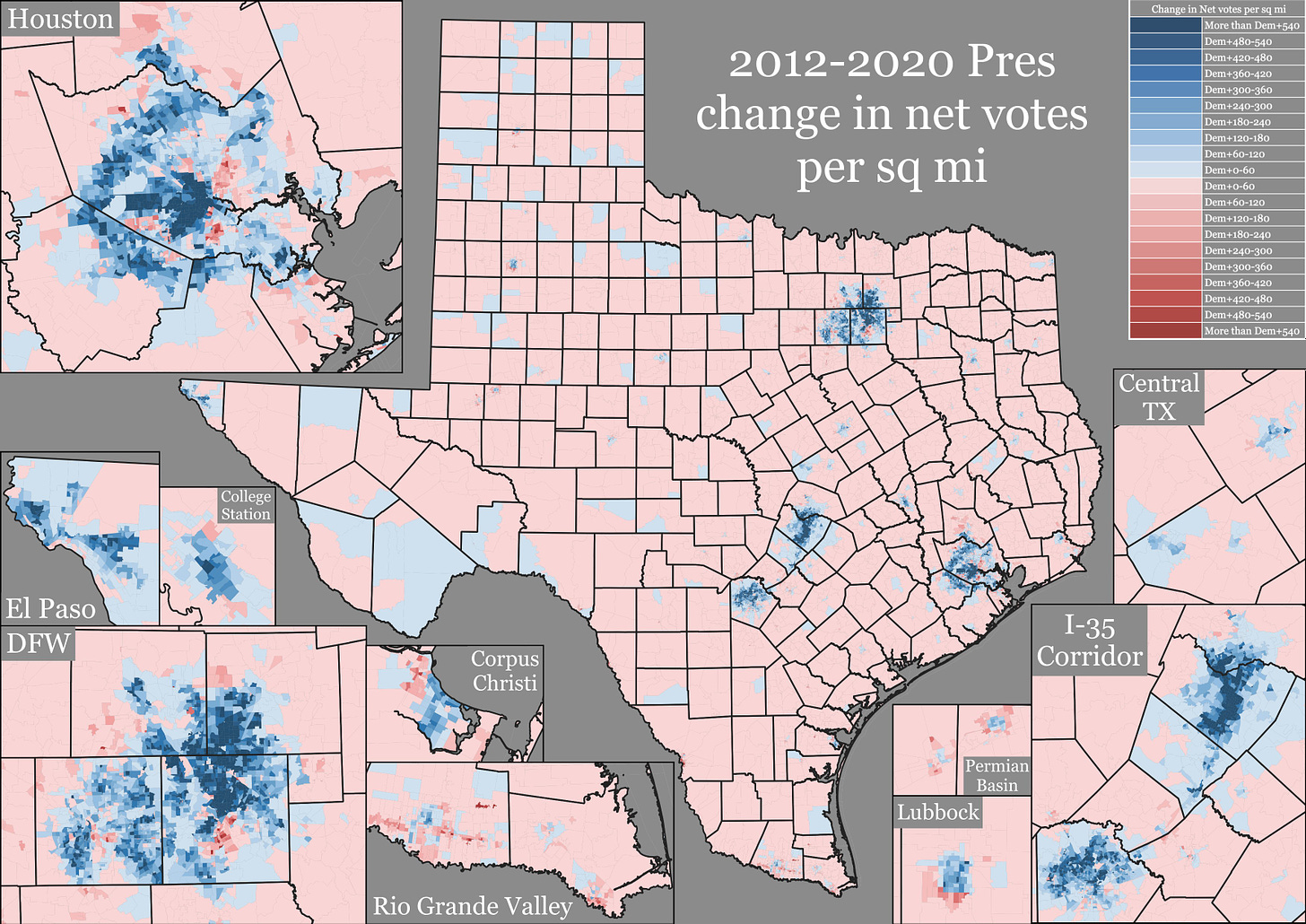
The Democratic vote in Texas is growing, and the Republican vote is shrinking. This could mean good news for Democrats in 2024, but don’t get discouraged if it doesn’t happen this year. Republicans in Texas will be cooked by 2032, and our state will be better off for it.
Why do we compare 2024 to 2020 and not 2022?
The comparison between 2024 and 2020, rather than 2022, is crucial for several reasons. First, 2020 was a presidential election year, similar to 2024, and the dynamics of presidential elections differ significantly from midterm elections like 2022. Presidential elections tend to have higher voter turnout, more media coverage, and greater national focus, which can influence voter behavior in ways that midterm elections do not.
In 2020, we saw record voter turnout nationwide, including in Texas. This provides a comparable baseline for analyzing voter engagement and political trends for another presidential election year. Midterm elections, on the other hand, typically see lower turnout and can be more influenced by localized issues and the performance of the sitting president’s party.
By comparing 2024 to 2020, we can better assess whether the trends observed during the last presidential cycle are continuing, shifting, or stabilizing. This approach allows for a more accurate analysis of voter behavior and party performance in similar election environments.
The outlook for Texas.
The outlook for Texas in 2024 is both promising and challenging for Democrats. The state’s urban areas, trending blue for years, continue strengthening their Democratic strongholds. Counties like Harris, Dallas, Travis, and Bexar remain crucial pillars of Democratic support, reflecting the growing urbanization and demographic shifts favoring progressive policies.
However, the road to a statewide Democratic victory requires more than just holding onto these urban centers. Key battleground counties such as Collin, Tarrant, and Williamson are essential targets. These counties have shown significant shifts towards the Democratic Party in recent elections, and their continued movement could be pivotal.
The challenge lies in addressing voter turnout issues in historically blue but at-risk counties in South Texas. Low turnout in counties like Willacy, Maverick, and Starr presents a vulnerability that Republicans are eager to exploit.
Democratic success hinges on maintaining and expanding their strongholds, boosting voter turnout in vulnerable areas, and seizing the momentum in battleground counties. While the path to victory will be a hard fight, the long-term trends and growing Democratic support offer a hopeful outlook for the party’s future in the Lone Star State. Vote early, vote often, just vote.
131 days left until the November 5 election!
LoneStarLeft’s Newsletter is a reader-supported publication. To receive new posts and support my work, consider becoming a free or paid subscriber.
Follow me on Facebook, Twitter, TikTok, Threads, YouTube, and Instagram.

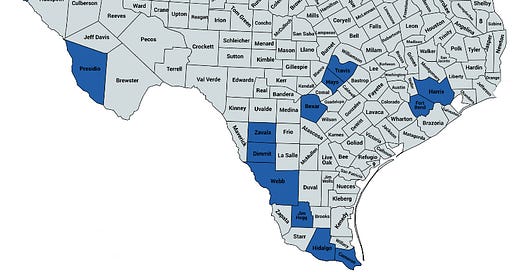



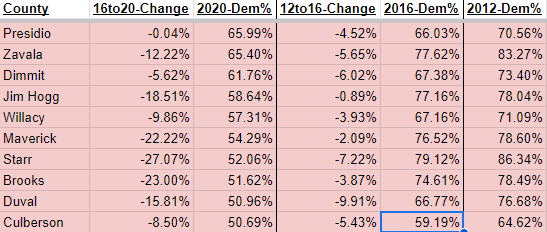
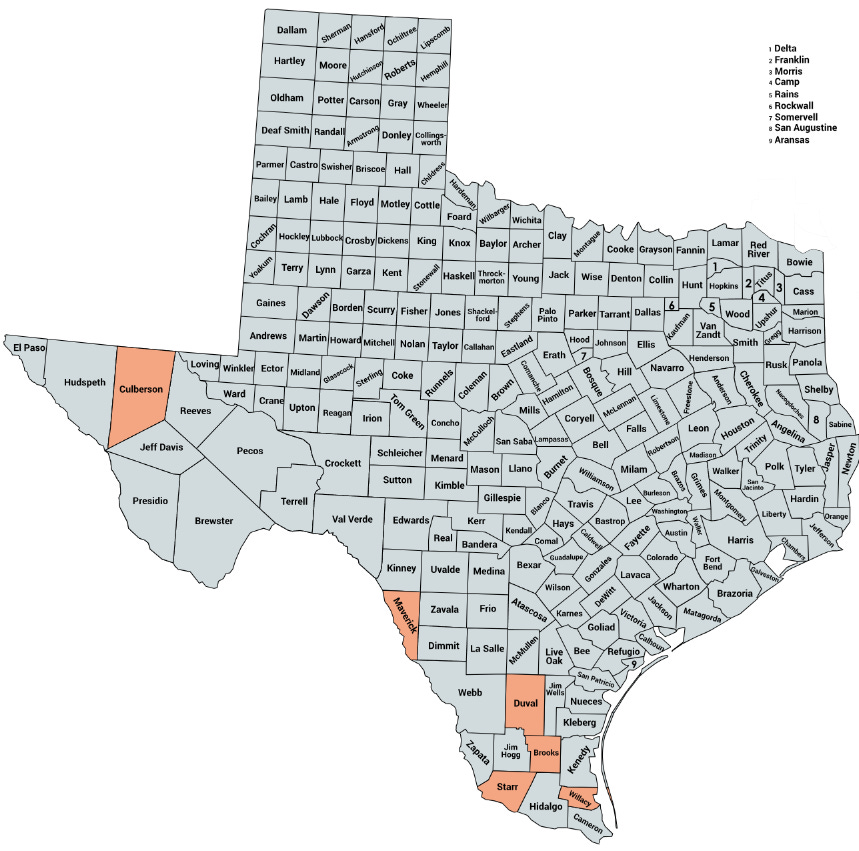

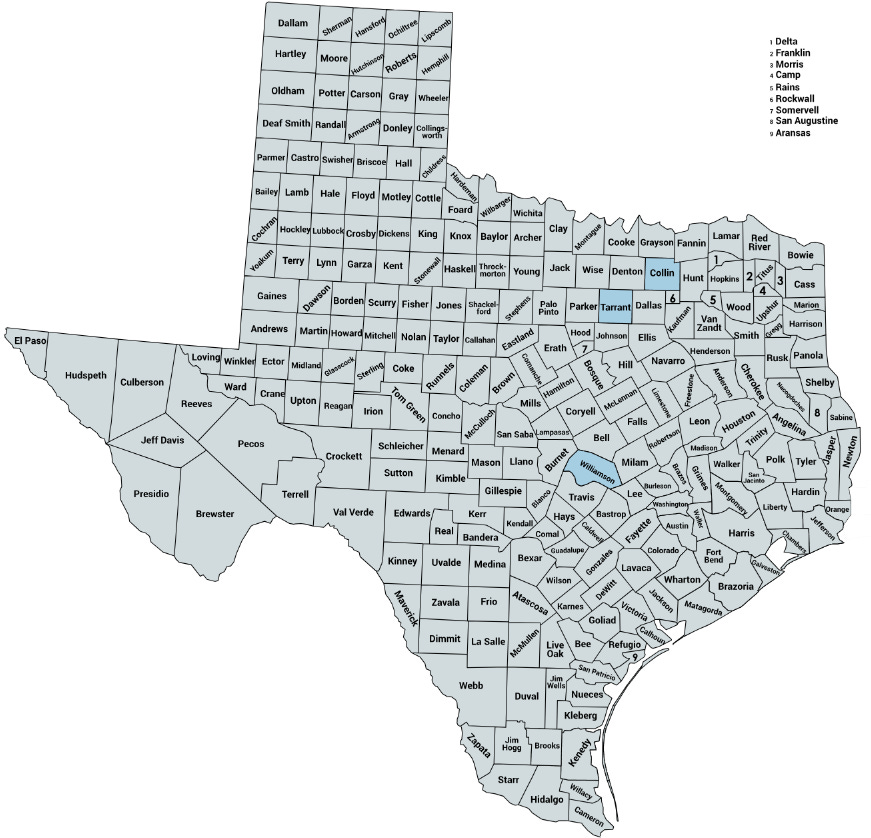

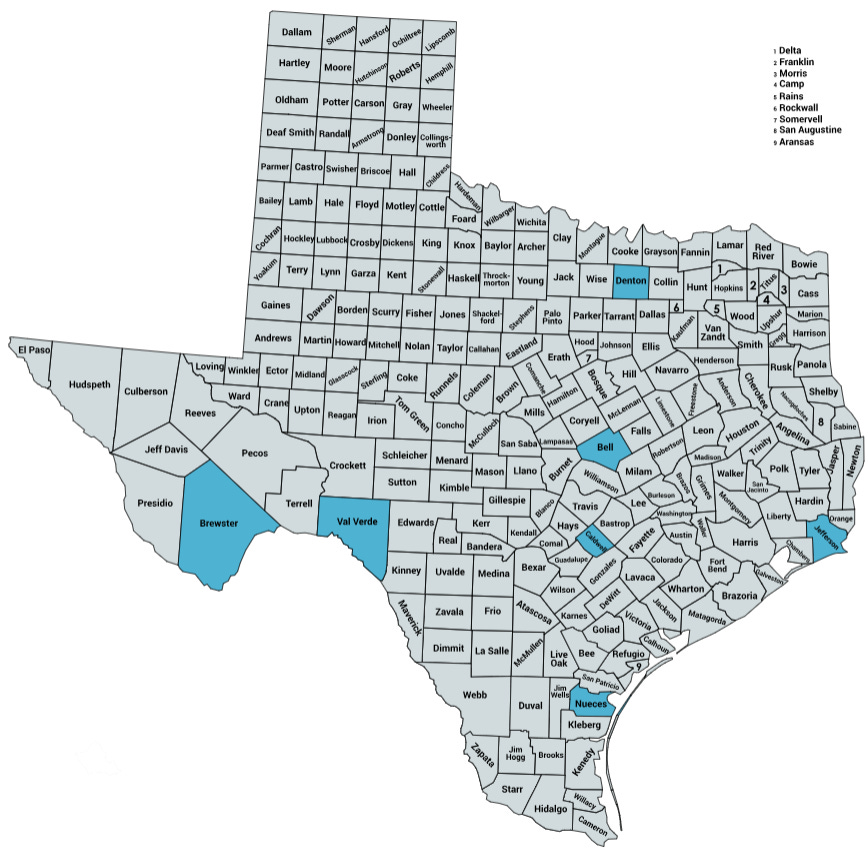

until u deny it , full throatily...ur MAGA....FTW Mayor Mattie..
FYI Mayor Mattie ran as MAGA adjacent....sort a like being Nazi adjacent
as is always, be it CNN or NYT or lessors........MAGA will turn on u......
i think the scripture says it best
if u are lukewarm i will spew u from my mouth- Revealtions
well here's a 'revelation' Mayor Mattie...Tarrant GOP Chair Bo French now calls u a leftist.....even as he singled u out in his newsletter.........
Thanks for a very informative and encouraging article.